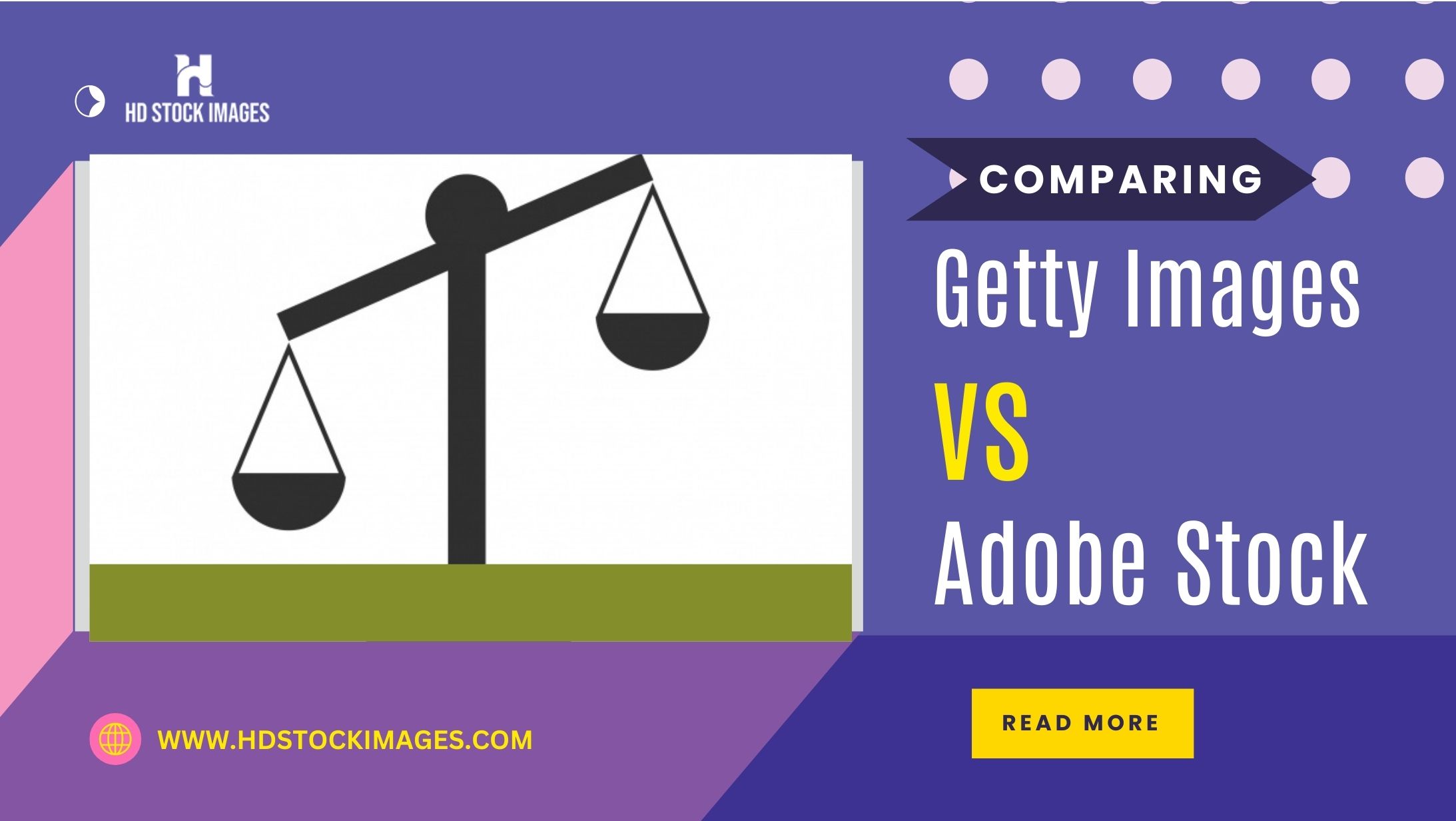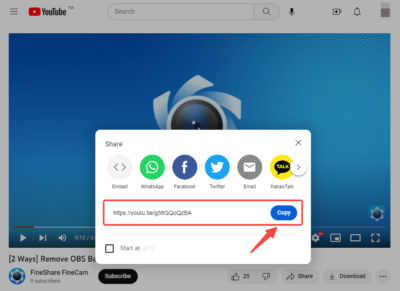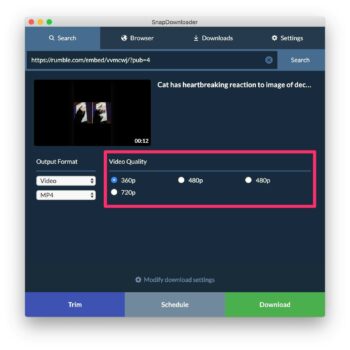I. Introduction
In today's digital age, the demand for high-quality images is more significant than ever, fueling the growth of stock image providers that cater to the needs of creative professionals, businesses, and individuals alike. Two prominent players in this domain are Getty Images and Adobe Stock. This comparison aims to delve into the features, offerings, and user experiences of both platforms, assisting users in making informed decisions when selecting the most suitable stock image provider for their projects.
Getty Images established in 1995, has become a renowned name in the stock image industry, offering an extensive collection of images, illustrations, videos, and other media types. Their vast library comprises both exclusive content and licensed images from various contributors worldwide. On the other hand, Adobe Stock, integrated with Adobe Creative Cloud, provides a seamless experience for users of Adobe's creative applications.
Also Read This: Out of Office Setting: Setting Microsoft Teams to Out of Office
II. Getty Images

A. Company Background and History:
Getty Images, founded in 1995 by Mark Getty and Jonathan Klein, has established itself as one of the leading stock image providers globally. It began as a traditional stock photo agency and evolved into a digital media giant, offering a diverse range of visual content. Over the years, Getty Images has acquired several other image libraries, enhancing its collection and reach within the creative industry.
B. Image Collection and Variety:
1. Exclusive Content and Licensing Agreements:
Getty Images boasts an impressive collection of exclusive content obtained through partnerships with professional photographers, agencies, and contributors. This exclusive content sets them apart from other stock image providers, offering users unique and high-quality visuals.
2. Types of Media Offered:
Getty Images caters to a wide array of media types, including:
- High-resolution photos covering various subjects, genres, and styles.
- Illustrations and vector graphics suitable for design projects.
- Videos and footage in diverse themes and resolutions.
C. Pricing and Licensing Options:
1. Subscription Plans:
Getty Images offers subscription-based plans for users who require a large number of images and media regularly. These plans often include a certain number of downloads per month or per year.
2. Single-Image Purchases:
For users with occasional image needs, Getty Images allows individual image purchases, which can be cost-effective for specific projects.
3. Rights-Managed vs. Royalty-Free Licenses:
Getty Images provides both rights-managed and royalty-free licensing options. Rights-managed licenses offer exclusive use for a specific purpose and duration, while royalty-free licenses allow broader use for a one-time fee.
D. Search and Discovery Features:
1. Advanced Search Options:
Getty Images offers robust search filters, enabling users to refine their searches based on keywords, image orientation, color, location, and more.
2. AI-Powered Content Tagging:
Utilizing artificial intelligence, Getty Images automatically tags and categorizes its vast collection, streamlining the search process for users.
3. Integration with Third-Party Platforms:
Getty Images integrates with various third-party platforms, making it convenient for users to access and use the content in their preferred applications.
Getty Images continues to be a preferred choice for users seeking premium and exclusive visual content. Its extensive library, coupled with advanced search functionalities and diverse licensing options, positions Getty Images as a go-to destination for creatives, marketers, and businesses in need of top-notch visuals.
This video explains Getty Images vs Adobe Stock:
Also Read This: The Best AI Drawing Generator for Your Creations
III. Adobe Stock

A. Company Background and Integration with Creative Cloud:
Adobe Stock is part of the Adobe Creative Cloud ecosystem, which is a comprehensive suite of creative tools for designers, photographers, and other creative professionals. Adobe acquired Fotolia in 2014, and this acquisition laid the foundation for Adobe Stock's integration with Creative Cloud applications.
B. Image Collection and Variety:
1. Collaboration with Contributors and Adobe Users:
Adobe Stock thrives on collaboration, allowing photographers, illustrators, and artists to contribute their work to the platform. This collaborative approach enriches the collection and ensures a diverse range of content.
2. Asset Types Available:
Adobe Stock offers an extensive collection of high-quality images, illustrations, vector graphics, videos, and templates that users can integrate seamlessly into their creative projects.
C. Pricing and Licensing Options:
1. Subscription Plans and Bundles:
Adobe Stock offers subscription-based plans, often bundled with Adobe Creative Cloud subscriptions. These plans provide users with a specific number of image downloads per month.
2. Adobe Creative Cloud Integration Benefits:
Users with Creative Cloud subscriptions enjoy additional benefits, such as access to Adobe Stock directly from within Adobe's creative applications and the ability to save and license watermarked previews before finalizing a purchase.
D. Search and Discovery Features:
1. Seamless Integration with Adobe Applications:
One of Adobe Stock's standout features is its seamless integration with Adobe Creative Cloud applications like Photoshop, Illustrator, InDesign, and more. This integration allows users to search, preview, and license images directly from their preferred creative tools.
2. Advanced Filtering and Keyword Search:
Adobe Stock offers advanced search filters, enabling users to narrow down their searches based on specific criteria, such as image type, color, orientation, and more.
3. Curated Collections and Trending Content:
Adobe Stock curates collections of images, graphics, and videos based on popular trends, themes, and events. This makes it easier for users to discover relevant and timely content for their projects.
Adobe Stock's integration with the Adobe Creative Cloud ecosystem makes it a compelling choice for creative professionals already using Adobe's suite of tools. The platform's collaborative approach to content creation, coupled with advanced search features and easy access from within creative applications, positions Adobe Stock as a powerful asset for designers and artists seeking to enhance their creative projects.
Also Read This: Alamy vs Shutterstock: Which Stock Photography Platform is the Best?
IV. Here's a table comparing Getty Images and Adobe Stock based on various features and aspects:
| Aspect | Getty Images | Adobe Stock |
|---|---|---|
| Company Background | Founded in 1995, traditional agency | Part of Adobe Creative Cloud ecosystem |
| Image Collection | Extensive, including exclusive content | Diverse, collaboratively sourced from users |
| Media Types | Photos, illustrations, videos, etc. | Images, illustrations, vector graphics, videos |
| Pricing Options | Subscription plans, single-image purchases | Subscription plans, often bundled with Creative Cloud |
| Licensing Options | Rights-managed & royalty-free licenses | Rights-managed & royalty-free licenses |
| Advanced Search | Robust search filters and AI-powered content tagging | Seamless integration with Adobe apps, advanced filtering |
| Integration with Tools | Integration with third-party platforms | Deep integration with Adobe Creative Cloud apps |
| Strengths | Premium exclusive content, diverse licensing options | Seamless integration, a vast collection of assets |
| Limitations | Pricing can be higher for exclusive content | Some assets may be available on other platforms |
He is also a prominent voice for anti-vaxxers who thinks that vaccines can cause autism.
So maybe next time, just look for the stock image of your favorite quote of the day and simply copy/paste the quote of your liking, without giving credit to a nut-job like David Wolfe. pic.twitter.com/c3FudiVgur
— Sheraz Khan Rajput 🦉 🛡️ (@SherazKRajput) June 6, 2022
Also Read This: How to Cancel Adobe Stock Subscription: A Step-by-Step Guide
V. Here's a table outlining the pros and cons of both Getty Images and Adobe Stock:
| Aspect | Getty Images | Adobe Stock |
|---|---|---|
| Pros | - Extensive collection of premium and exclusive content. | - Seamless integration with Adobe Creative Cloud apps. |
| - High-quality images from professional photographers. | - Diverse range of assets contributed by users. | |
| - Variety of media types (photos, illustrations, videos). | - Curated collections for trending and relevant content. | |
| - Robust search filters and AI-powered content tagging. | - Advanced search options for precise results. | |
| - Both rights-managed and royalty-free licensing options. | - Bundled subscriptions with Adobe Creative Cloud. | |
| - Integration with third-party platforms for easy access. | - Ability to save and license watermarked previews. | |
| - Trusted and well-established reputation in the industry. | - Collaborative approach with opportunities for users to contribute. | |
| Cons | - Pricing can be higher, especially for exclusive content. | - Some assets may be available on other stock platforms. |
| - Limited integration with specific creative tools. | - May require a Creative Cloud subscription for full benefits. | |
| - License terms and restrictions can be complex. | - Pricing might be higher than some non-integrated alternatives. |
Both Getty Images and Adobe Stock are reputable and reliable choices, and the decision ultimately depends on the individual's workflow, creative needs, and integration preferences.
Also Read This: Download Songs from SoundCloud App on iPhone with This Epic Tool
VI. FAQ
Question 1. What is Getty Images?
ANSWER: Getty Images is a prominent stock image provider established in 1995. It offers an extensive collection of high-quality images, illustrations, videos, and other media types sourced from professional photographers, agencies, and contributors worldwide.
Question 2. What is Adobe Stock?
ANSWER: Adobe Stock is a stock image platform integrated with Adobe Creative Cloud. It provides a diverse range of images, illustrations, vector graphics, videos, and templates that can be seamlessly accessed and used within Adobe's creative applications.
Question 3. What types of media are available on Getty Images and Adobe Stock?
ANSWER: Both platforms offer a wide variety of media types, including high-resolution photos, illustrations, vector graphics, and videos suitable for various creative projects.
Question 4. What are the pricing options on Getty Images and Adobe Stock?
ANSWER: Getty Images and Adobe Stock both offer subscription-based plans for users with regular image needs. Additionally, they allow users to purchase single images on a pay-as-you-go basis.
Question 5. What are the licensing options available on these platforms?
ANSWER: Both platforms offer rights-managed and royalty-free licensing options. Rights-managed licenses provide exclusive use for a specific purpose and duration, while royalty-free licenses allow broader usage rights for a one-time fee.
Question 6. How do the search and discovery features differ between Getty Images and Adobe Stock?
ANSWER: Getty Images offers advanced search options and AI-powered content tagging to enhance search efficiency. On the other hand, Adobe Stock provides seamless integration with Adobe applications, advanced filtering, and curated collections.
Question 7. Are there any unique benefits of using Getty Images over Adobe Stock, and vice versa?
ANSWER: Getty Images excels in providing premium and exclusive content, making it a go-to choice for users seeking high-quality visuals. Adobe Stock's standout feature is its integration with Adobe Creative Cloud, streamlining the creative workflow for Adobe users.
Question 8. What are the limitations of using Getty Images and Adobe Stock?
ANSWER: Getty Images' pricing for exclusive content might be higher for some users, while Adobe Stock may require a Creative Cloud subscription for full benefits. Additionally, some assets may be available on other stock platforms.
Question 9. Are there any legal considerations when using images from these platforms?
ANSWER: Both platforms provide clear licensing terms, but users should carefully review the licensing agreements to ensure compliance with usage restrictions for commercial purposes.
Question 10. Which platform is better for my specific needs?
ANSWER: The choice between Getty Images and Adobe Stock depends on your individual workflow, integration preferences, budget, and the types of assets you require. Consider your specific creative needs and how each platform aligns with them to make an informed decision.
VII. Conclusion
In conclusion, Getty Images and Adobe Stock are two prominent stock image providers, each offering a wide array of visual assets to cater to the needs of creative professionals, businesses, and individuals. Both platforms have their respective strengths and limitations, making the choice between them dependent on individual preferences and specific requirements.
Additionally, users should consider any updates or changes to their individual workflows and creative requirements. Regardless of the choice, both Getty Images and Adobe Stock are reputable and reliable options, providing a wealth of visual assets to fuel creativity and enhance projects.














